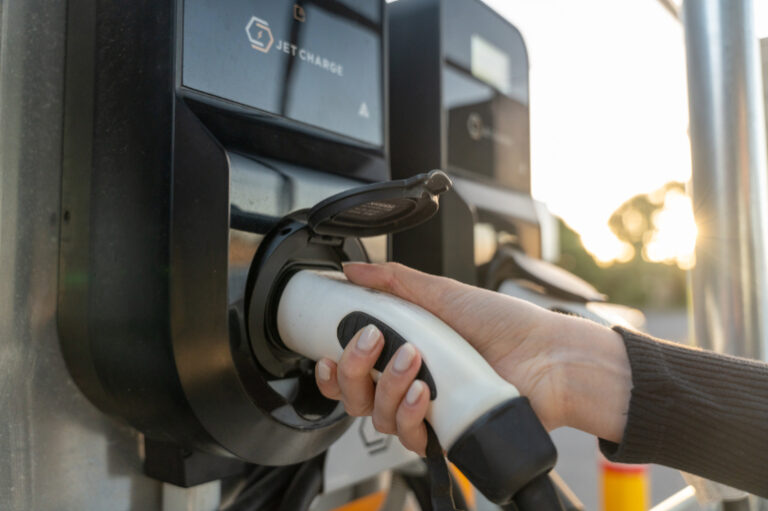As part of a vehicle-to-grid (V2G) study undertaken by charging infrastructure provider JET Charge and Australian National University (ANU), a number of V2G-enabled vehicles kicked in to feed the grid during a major blackout earlier this year.
The blackout on February 13 was caused by major storms in Melbourne and blew over high-voltage transmission towers, triggering the disconnection of Loy Yang coal power station and two wind farms.
JET Charge’s control system technology allows the trial vehicles to monitor the grid when plugged in, detect when it is out of balance and respond by sending signals to all connected charging stations that instructs the vehicles to discharge.
As 90,000 homes had their power cut, 16 of the REVS electric vehicles were plugged in at properties in Canberra – four were charging, while 12 were idle – and the EVs responded within seconds by rapidly discharging short bursts of electricity into the grid.
ANU’s lead researcher Dr Bjorn Sturmberg says this is the first time in the world this type of vehicle-to-grid (V2G) response to an emergency has been demonstrated.
“In total, the vehicles provided 107 kilowatts of support to the national grid. To put that in perspective, 105,000 vehicles responding in this way would fully cover the backup required for the whole of ACT and NSW,” he said.
The study also identified that an increase in vehicle charging during the same period can reduce the positive effects of V2G. Once the REVS vehicles had provided power for ten minutes, some resumed charging by default.
“By stopping 60,000 vehicles from charging, the power would have remained on for those 90,000 customers” Dr Sturmberg said.
The report suggests this issue can be solved by an industry adjustment, requiring EV manufacturers to program their vehicles to stop charging during a grid emergency, with an option for drivers to override if urgent charging is required.
“There is always work to be done as the demand for vehicle charging grows,” said JET Charge CEO Tim Washington.
“We are constantly tweaking and improving our technology to ensure shared value for both vehicle owners and the energy system. Helping demonstrate the power of EVs to potentially support our grid during national emergencies – that has to be up there with our big milestones.”
The study has been monitoring a fleet of 51 Nissan LEAF EVs installed across Canberra with V2G chargers that had been specified, procured and delivered with Jet Charge’s technology.
“We believe that V2G is an invaluable source of support for our grid,” said Mr Washington.
“Last year, our team coordinated the market certification for the first and only V2G charger sold in the Australian market. This project was the next step in proving that V2G charging can provide power solutions for the grid during irregularities and also generate revenue for customers by participating in what’s known as the contingency frequency control market.”
Mr Washington believes that V2G technology installed across Australia’s EV parc could prevent power outages in the future.
“With almost 100,000 EVs sold in Australia last year, and that number rapidly rising, we aren’t far off being able to prevent national grid emergencies and major blackouts through V2G charging,” he said.






